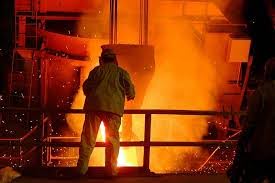The future of UK steel is being written in the fate of two towns: Scunthorpe and Port Talbot. The “experience of Tata Steel” in south Wales, which cut 2,500 jobs, is now the lens through which “cautious” Scunthorpe workers are viewing their own future.
Business Secretary Peter Kyle has backed a switch to electric arc furnaces (EAFs) for the Scunthorpe plant, the same technology that led to the redundancies in Port Talbot. His goal is to “secure the future of steel production” at the state-controlled site.
The Scunthorpe workforce, however, fears this “security” is for the plant, not its people. The “thousands” employed at the blast furnaces see their Welsh counterparts and rightly fear they are next. The EAFs that replace them are simply less-labour intensive.
This is why the Community union is digging in. Its demands for a “just transition” and the “maintain[ing] of primary steelmaking capacity” are a direct result of the Port Talbot lesson. They are trying to force the government to find a different path—likely the “financially dubious” hydrogen (DRI) route—that saves more jobs.
The government’s December strategy is now a choice. Will it follow the Port Talbot model, prioritizing decarbonisation at the cost of jobs? Or will it find the money to make Scunthorpe a different, “juster” example?

